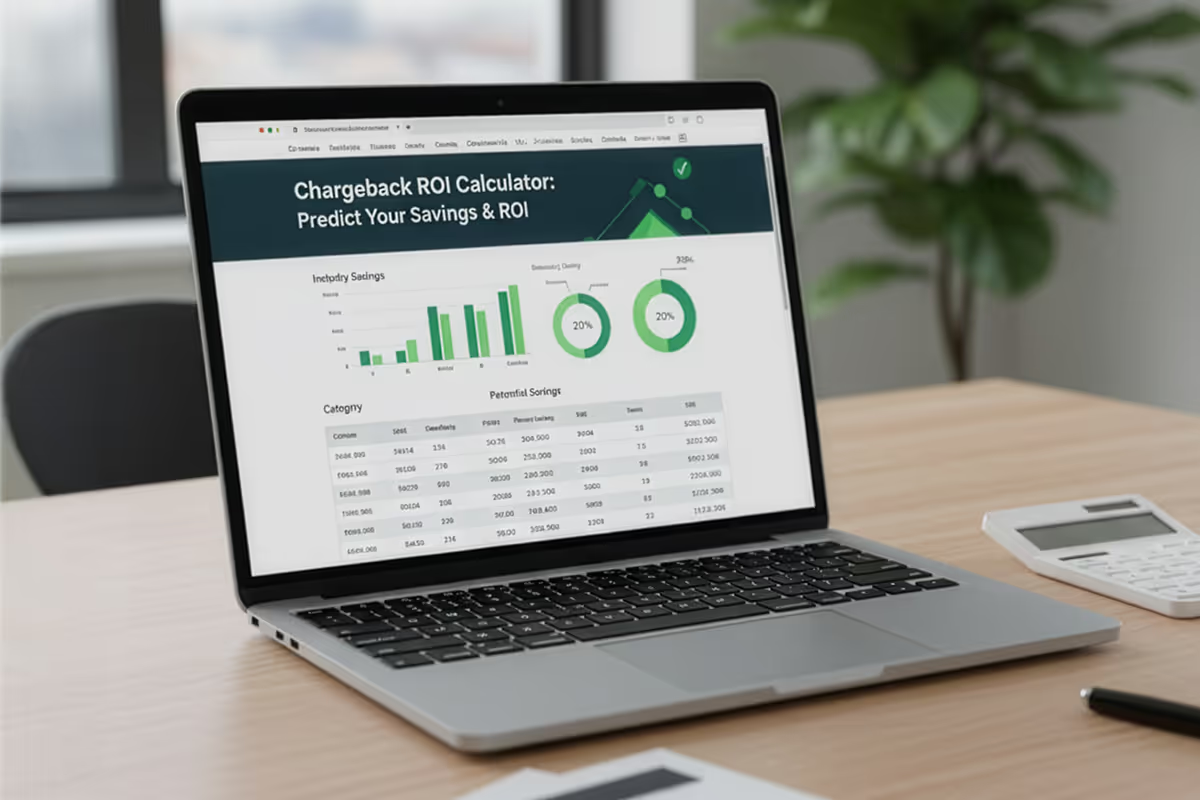
Building a successful Amazon business requires strategic decision-making, especially around fulfillment.
With over 60% of sellers using FBA and many FBM sellers gaining traction due to rising fees and logistical flexibility, the debate between the two is more relevant than ever. However, the most resilient businesses are those that leverage both.
Understanding why you need both FBA and FBM for your Amazon store is essential to staying competitive.
A dual-fulfillment approach offers adaptability, better profit margins, and greater control, helping sellers thrive in changing market conditions.
5 Benefits of Implementing Both FBA and FBM to Your Amazon Store
Rather than choosing one fulfillment method, implementing both creates significant advantages for your Amazon business:
1. Business Continuity During Disruptions
Perhaps the most compelling reason to maintain both fulfillment methods is business continuity. Amazon's fulfillment network occasionally faces limitations:
- FBA Inventory Restrictions: During peak seasons like Q4, Amazon sometimes restricts storage capacity for sellers.
- Unexpected Events: The COVID-19 pandemic demonstrated how external factors can disrupt Amazon's operations, with many sellers experiencing extended processing times or inventory limitations.
- Category-Specific Challenges: Amazon occasionally imposes temporary restrictions on certain product categories.
With an established FBM backup system, you can continue selling even when FBA encounters limitations.
This resilience can mean the difference between maintaining sales momentum and watching your business grind to a halt during critical selling periods.

2. Cost Optimization for Different Products
Not all products perform equally well under the same fulfillment method. A hybrid approach allows for strategic cost management:
- High-Volume, Lightweight Items: These typically benefit from FBA's economies of scale and Prime eligibility.
- Bulky, Low-Margin Products: These often perform better with FBM, avoiding FBA's dimensional weight charges and long-term storage fees.
- Seasonal Products: Items with predictable demand spikes can be switched between fulfillment methods to optimize costs throughout the year.
3. Improved Buy Box Win Rate
The Buy Box, Amazon's coveted "Add to Cart" button, significantly impacts sales performance. A dual-fulfillment strategy can improve your Buy Box win rate through:
- Price Flexibility: FBM listings can be priced more competitively since they don't incur FBA fees.
- Inventory Coverage: When FBA stock runs low, an FBM listing maintains your product's visibility and Buy Box eligibility.
- Performance Metric Diversity: Amazon's algorithm considers different metrics for FBA and FBM listings, giving you multiple paths to Buy Box wins.
Many sophisticated sellers maintain both FBA and FBM listings for their top-performing products, allowing them to capture sales regardless of which fulfillment method currently has the algorithmic advantage.
4. Geographic Coverage Optimization
Different fulfillment methods offer varying benefits for reaching customers in different locations:
- FBA for Prime Coverage: Prime customers typically prefer FBA items for their fast, free shipping.
- FBM for International Reach: For markets where you don't have FBA inventory positioned, FBM can extend your reach.
- Regional Efficiency: Some regions may be served more efficiently through your fulfillment network than through distant Amazon fulfillment centers.
This geographic flexibility becomes particularly important when selling pet products on Amazon, where shipping costs and delivery speed for heavier items like dog food can significantly impact profitability.

5. Risk Diversification
Relying exclusively on either fulfillment method creates vulnerability:
- FBA-Only Risks: Account suspensions, inventory restrictions, fee increases, and fulfillment delays.
- FBM-Only Risks: Operational scaling challenges, shipping rate increases, and potential issues meeting Amazon's delivery performance metrics.
A dual-approach creates built-in insurance against these fulfillment-specific risks. When problems arise with one method, you can quickly shift volume to the other.
Pro Tip: Implementing a hybrid fulfillment strategy doesn't require splitting your entire inventory. Start by identifying your top 20% of products that generate 80% of revenue, then ensure these critical SKUs have both fulfillment options available. This targeted approach delivers most of the benefits while minimizing operational complexity.
70% of top Amazon sellers use both FBA and FBM to stay competitive. Here’s why a dual-fulfillment strategy is a game-changer. This cheat sheet breaks down how each benefit plays out in real-world scenarios, so you can quickly see the impact on your operations.
How to Implement a Dual-Fulfillment Strategy
Successfully implementing both FBA and FBM requires thoughtful planning and execution:
Identifying Which Products to Fulfill Through Each Method
Not all products benefit equally from dual-fulfillment. Consider these factors when deciding:
- Profit Margins: Higher-margin products can better absorb FBA fees.
- Product Dimensions/Weight: Larger items often favor FBM to avoid dimensional weight charges.
- Sales Velocity: Fast-selling items typically benefit from FBA's rapid fulfillment.
- Customer Expectations: Products where speed is critical should include an FBA option.
- Inventory Turnover: Slow-moving items may incur long-term storage fees with FBA.
Setting Up Your FBM Operations
If you're primarily an FBA seller looking to add FBM capabilities, you'll need:
In-House Fulfillment
- Warehouse space or storage area
- Shipping supplies and equipment
- Staff to process orders
- Shipping carrier accounts
- Inventory management system
Third-Party Fulfillment
Alternatively, partner with a third-party logistics provider like Supliful's fulfillment solution that can handle your FBM orders.
This provides FBM benefits without building in-house capabilities, particularly valuable for sellers of specialized private label products.

Managing Inventory Across Both Channels
Effective inventory management becomes more complex with dual-fulfillment:
- Inventory Allocation: Determine what percentage of stock to allocate to each fulfillment method.
- Replenishment Triggers: Set different reorder points for FBA and FBM inventory.
- Software Solutions: Invest in inventory management software that supports multi-channel fulfillment.
- Reserve Stock: Maintain emergency inventory that can be quickly deployed to either fulfillment method.
Pricing Strategy for Dual-Listed Products
When the same product is listed under both fulfillment methods:
- Price Parity: Some sellers maintain identical pricing regardless of fulfillment method.
- Differential Pricing: Others adjust pricing to reflect the different costs of each fulfillment method.
- Dynamic Pricing: Advanced sellers use algorithmic repricing tools to optimize each listing independently.
Common Challenges and Solutions
Implementing both FBA and FBM presents specific challenges:
Inventory Synchronization Issues
With inventory in multiple locations, staying synchronized can be difficult:
- Solution: Implement inventory management software specifically designed for multi-channel fulfillment. Set conservative buffer thresholds to prevent overselling.
Customer Confusion with Multiple Listings
Customers may be confused seeing the same product with different delivery promises and prices.
- Solution: Use variation listings where possible, or ensure product titles and descriptions indicate fulfillment differences.
Operational Complexity
Managing two fulfillment streams increases operational complexity.
- Solution: Start with a small subset of products before expanding. Consider third-party logistics partners for the fulfillment method you're less comfortable managing internally.
Cost Management
Running dual fulfillment increases certain costs.
- Solution: Regularly analyze the performance of each fulfillment method for each product. Be willing to adjust your strategy based on data rather than assumptions.
When to Lean More Heavily on FBA vs. FBM
While maintaining both capabilities provides maximum flexibility, certain situations call for emphasizing one method:
When to Emphasize FBA
- During Q1-Q3, when storage restrictions are typically less severe
- For new product launches, when the conversion rate is critical
- During promotional periods when you expect sales velocity spikes
- For products targeting Prime customers
When to Emphasize FBM
- During Q4, when FBA storage is restricted and costly
- When Amazon imposes inventory limitations on your account
- For oversized or heavy products with high FBA fees
- During supply chain disruptions affecting Amazon's fulfillment network
Building a More Resilient Amazon Business
The most successful Amazon sellers don't view fulfillment as a binary choice but as a strategic tool to be deployed situationally. By developing capabilities in both FBA and FBM, you create a more resilient business that can:
- Continue selling during Amazon's operational challenges
- Optimize costs based on product characteristics
- Improve Buy Box competitiveness
- Extend geographic reach
- Mitigate account-level risks
Tip Worth Knowing: Create FBM Listings Before FBA Inventory Runs Out
Many sellers wait until FBA inventory is low before activating FBM; by then, it’s too late. Creating FBM listings early keeps your product Buy Box-eligible during restock gaps. Even if inactive, pre-listed FBM SKUs let you toggle quickly when FBA goes out of stock.
This tactic helps retain ranking and sales velocity while avoiding downtime penalties. Amazon’s algorithm favors consistency, so having FBM as a live backup keeps momentum.
Plus, it helps prevent stockout-triggered delistings and Buy Box loss on fast-selling items.
Build Your Dual-Fulfillment Amazon Strategy Today
The best time to implement a dual-fulfillment strategy is before it's urgently needed. Start by reviewing your product catalog and testing a secondary fulfillment method on a small scale.
FBA sellers can explore FBM by partnering with third-party providers for specialized products. FBM sellers looking to try FBA should begin with top-performing, high-margin items to reduce risk.
A well-planned dual-fulfillment approach isn't just a backup; it’s a strategic edge. In today’s shifting market, the real question isn’t if you should use both FBA and FBM, but how soon you can start.
FAQ
Related blogs
.avif)
Price Elasticity Of Demand Calculator: Predict Revenue Impact in Seconds
.avif)
High-Low Method Calculator: Discover Your True Fixed and Variable Costs
.avif)
Dynamic Pricing Calculator: Optimize Margins and Sell Smarter With Every Click


